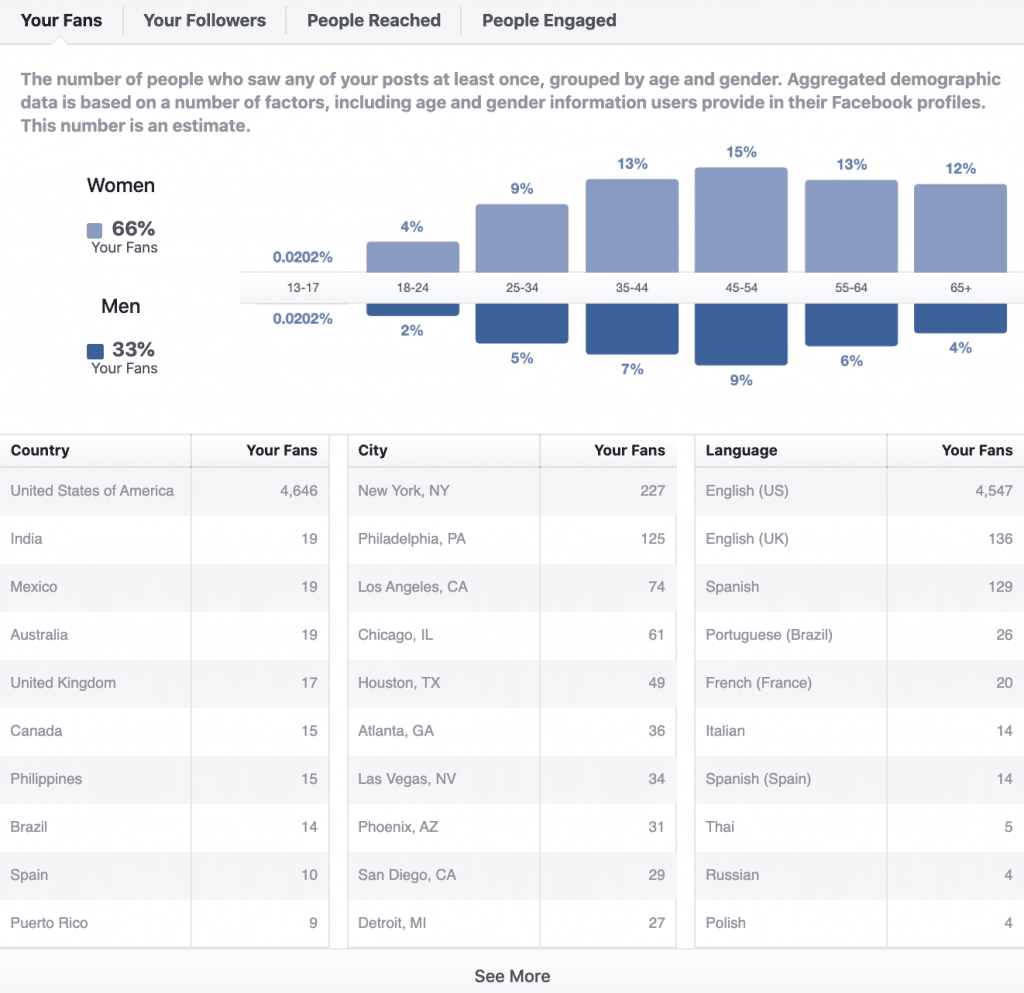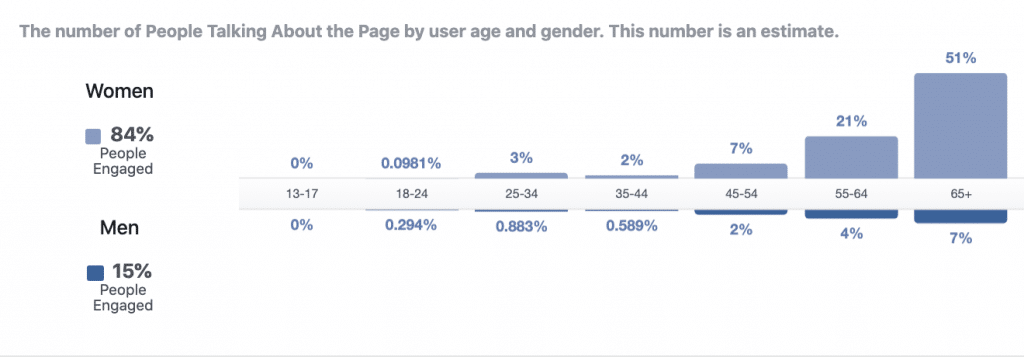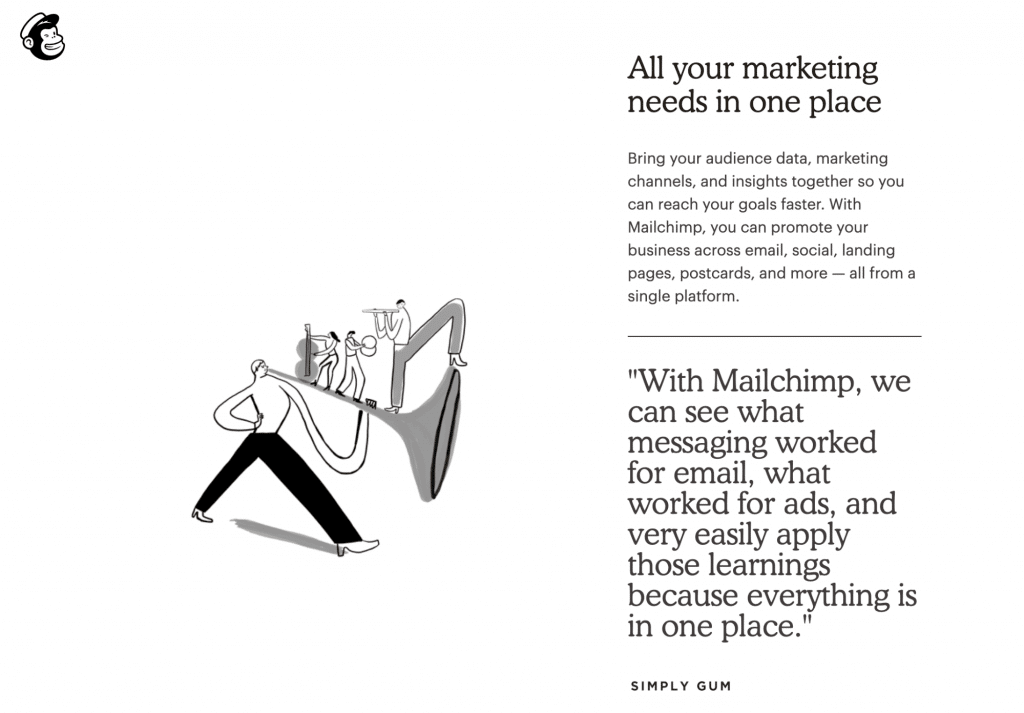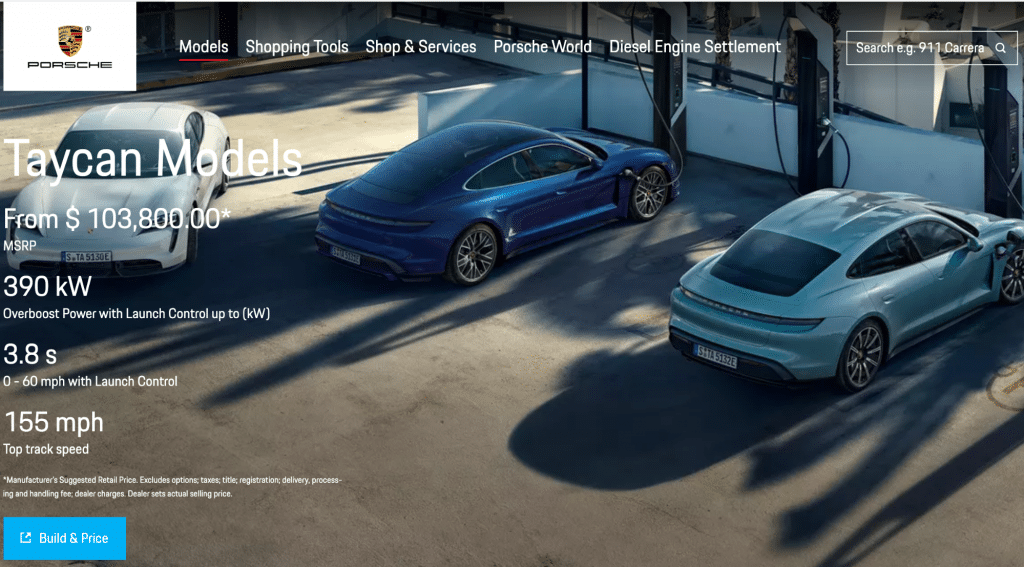Have you ever responded to the question “Who should use your products or services?” with the answer “Everyone”?
If you’re sitting there thinking “Yes, of course! Everyone could benefit from what I have to offer!” you, unfortunately, are wrong.
People often make the mistake of casting their net as wide as possible. The more people you reach, the more potential customers you’ll connect with––right?
Nope.
Going too wide can actually hurt your chances of reaching customers.
When you try to appeal to everyone, it’s difficult to make the strong connections that lead to long-term customers. Because you aren’t focusing on a specific group of people, you can’t tailor your branding or messaging to speak directly to these prospects and customers—which makes it less likely that they’ll feel invested enough in your brand to stick around.
Instead, you need to identify a particular niche or group of potential customers that you’re going to target––in other words, your target audience. We’ll show you how to do it.
Keep reading to learn:
What is a “target audience” and why do you need one?
Your target audience (sometimes also called a target market) is the unique group of prospects that you’re going to focus on connecting with and, ultimately, selling to.
Typically, your target audience should be relatively small. Rather than naming everyone you run into on the street, your target market should all have something in common. This could be an age group, income level, location, job title, gender, behaviors––or any combination of factors.
In fact, the more detailed your target audience is, the better.
Here’s an example.
Let’s say you want to target millennials. This is a great start––but “millennials” is still such a broad demographic. There are rich millennials, poor millennials, millennials who love traveling, millennials who listen to NPR… you haven’t truly narrowed down your audience yet. You’re still casting a net that’s too wide.
Now, take a look at this example description of a target audience for the beauty-unicorn Glossier:

It’s direct, in-depth, and you know exactly who this person is and why they might be interested in buying from the brand. You might’ve even thought of someone you know right away.
Truly knowing your target audience should give you a better understanding of how to connect with them. Beyond just the basic demographics, you need to know who they really are––what are they struggling with? Why do they come to your brand? How do they spend their time? What solutions are they looking for?
When you fully understand your target market, you can dominate it. You can even use specific language, colors, or designs that appeal to this audience—and of course, create better products that solve their unique challenges.
But if you’re starting from scratch, you need to identify your target market first.
5 ways to identify your target audience
Finding your target audience involves a little bit of imagination and a lot of research, so let’s get started.
1. Get to know your current audience.
If you want to know who wants to purchase from you, the best place to look is at who is already buying from you. (That is assuming you already have some customers. If you’re just getting started, you can skip this step––we’ll get to you shortly!)
Gather demographic (age, gender, race, location, etc.) and psychographic (personality, values, interests, etc.) data about your current customers, including:
- Age range/stage of life: It can be hard to pinpoint the exact age of your customers, but don’t worry about getting too specific. Knowing their generation or even their stage of life (for example, if they’re college students, new parents, or retirees) can do the trick.
- Location: The location of your target audience is especially important if you can only do business in a specific area, but it’s also good to note even if you have a national or global reach. Knowing what time zones they’re in can help you schedule ads or shape your content posting schedule. Beyond that, there might be cultural differences that you can tailor your messaging to as well.
- Spending power: Spending power is a little more nuanced than just “how much money your audience makes and has to spend.” It takes into account their decision-making ability too. For example, a stay-at-home mother might not have any salary of her own, but she might make all the purchasing decisions for day-to-day items in the home. Major financial concerns that could limit your audience’s spending (like student loans) should also come into play.
- Concerns: When a customer buys from you, they’re trying to solve a problem. What challenges are you hoping to help them with? What are they concerned about? What are their biggest worries? What secondary issues might they face?
- Values: Values help shape a lot of the decisions people make when they buy, both in their jobs and in their personal life. Understand your audience’s values, including how they like to spend their time, what they prioritize, and what they believe in, and you’ll be better equipped to shape your messaging for them.
You might already have some of this information on file, but you might need to gather more feedback from your customers. If you can, schedule some time to talk with your top customers––but if not, sending out a mass survey can be just as successful!
2. Interview customers, prospects, and potential buyers.
Chances are, you don’t have comprehensive data about your customers yet. While you might know the location or age range of some, you’re probably looking at a lot of gaps at this point.
Interviews can be a great way to get the info you need. They also come in handy if you don’t have any customers yet, you’re entering a new market, or your current customers just don’t fit the customers you want to be connecting with.
A one-on-one conversation gives you the opportunity to ask specific questions and get the personal details you just won’t get from an online form or social profile. If you have customers who may be willing to talk to you, reach out! Ask to schedule a few minutes of their time to discuss values and concerns.
Remember, you can look beyond just your current “good” customers. Here are some additional people to connect with who can help you build strong target audience and user personas:
- Bad customers. If you find that a lot of your customers just aren’t what you want long term (maybe they don’t purchase more than once, they complain about the price, or maybe they’re just not a good fit for your products or services), don’t just discard them. Knowing your “bad” customers can help you understand what your ideal customer is not—and who you should avoid when you’re doing marketing.
- Prospects. Prospects can have just as much insight into your target audience as your customers do. After all, these people are interested in purchasing from you, they just haven’t yet. Reach out to prospects to get to know them better—you may even get a head start on turning them into customers.
- Referrals. If you’re just starting out and you don’t have any customers or prospects, or you’re trying to get a feel for a different market, referrals can help you out. Reach out to people in your network––past coworkers, your LinkedIn network, or friends and family––to see if anyone who fits your conceptualized target audience is willing to talk to you.
- Third-party networks. Third-party networks (like UserTesting.com) send your website or app to a pre-identified group to help you gather feedback. While you don’t have complete control over the user recruitment process, it can still give you some solid feedback to get you started.
Hunting down interview prospects takes a bit of effort––but it’ll be worth it in the end. Just make sure that you have multiple ways to communicate when you’re connecting with customers, referrals, and prospects.
For instance, RingCentral lets you communicate with customers on their preferred platforms including social channels, SMS, email, and live chat—all from one window:
Give your current customers a call, send an email to get referrals, or reach out on social media to make some cold connections. Using several communication methods can help you get in touch with a bigger variety of people.
3. Look at your Facebook insights.
Facebook is consistently among the top social media platforms for small businesses. With over 2 billion monthly active users, it gathers a lot of information about its users––and it’s willing to share what it knows.
Start by heading to your Facebook Insights and then select the “People” tab in the left-hand column:

This will bring you to a dashboard showcasing demographic information about your fans:

Here, you find out everything you need to know about your target audience––including the split between genders, their age range, and their location.
In this example, our audience is mostly women between the ages of 35 to 64 located in the United States. They’re English speakers who reside predominantly in the northeastern part of the country.
Also notice the tabs along the top: “Your Followers,” “People Reached,” and “People Engaged.” Each of these will give you additional insights into who is seeing your page, engaging with your content, and actually following your brand.
While you might expect each of these tabs to look the same, they won’t always. If we jump to the “People Engaged” tab, we see these results:

A much higher group of women in an older age bracket. This group might not be the largest demographic in the example target audience, but they are the most active, meaning they might actually be a stronger audience group.
4. Analyze your competition’s social media followers.
You and your competition will likely share some part of your audience. While you want to use your competitors to get to know your market better, you could also use this information to identify a niche that isn’t already being served.
Some competitive research can give you the information you’re looking for. If you’re just getting started or you’re trying to get your business off the ground, checking out the competition’s social followers can be a great place to start.
There are a lot of tools out there that can scrape Twitter or Facebook followers and give you a report, but these lists don’t really tell you who is engaging. When people aren’t picky about the brands they’re following, you could end up believing a competitors’ audience is entirely different than it actually is.
The best way to analyze your competitors followers is manually. Although it might take a bit more time, you can see who is actually engaging with their content.
Here’s how:
1. Start by pulling up a competitor’s social profile. In this example, we’re going to look at the social-scheduling tool Buffer’s Twitter.
2. Find a post that has gotten a lot of engagement, like this one:

3. Click on the engagements. In this case, the “Likes.”
4. Analyze user bios.

In Buffer’s example, we see a lot of people in the communications world like journalists, marketers, and bloggers.
You’ll probably start to notice similar results across different content shared by your competitors. Make a list of common threads, keywords, or demographics you find in the people engaging with your competitors’ content.
Make it a routine to come back and check out who’s interacting with your competitors—and if they might be interested in you too!
5. Identify the real value of your products or services.
To your customers, the value of your products and services isn’t in their features (which, unfortunately, is usually what’s all over packaging and marketing materials). You might think your features are great, but people tend to be interested in benefits––the things that make your solution the best for them.

In other words, you need to know why your customers buy from you. What do you have to offer that they can’t get anywhere else?
This could be a number of things, like price (on either side of the spectrum), status, or ease of use. How does your product improve your customer’s life?
Here are some examples.
First, in the business-to-business world, Mailchimp offers an easy-to-use (but not at all basic) email marketing platform that can be used by both lone entrepreneurs just starting their side hustle or massive corporations with thousands of people on their email lists.
Mailchimp’s value is in how you can have all your marketing data on a single platform, and that it’s simple enough you don’t need some tech degree to figure out how to work it.
Now, in the business-to-consumer world, let’s look at the Porsche Taycan.

The $100,000+ car definitely has a lot of features, but no one is buying it for its gas mileage. The value of a car like this is the status that comes along with it (and maybe that it’s fun to drive).
Sometimes, identifying the real value you bring your customers automatically helps you identify some of your target audiences. It may seem a bit backwards, but if your team has done its research right, this is one way to learn about your target audience (and from a new perspective too). Either way, you can check if your marketing messages make sense with the target audience you had in mind.
In Mailchimp’s case, it’s entrepreneurs or small business owners without a lot of tech knowledge but who don’t want to skimp on marketing. For Porsche, it’s high-earners that want to show off their wealth.
Don’t guess what benefits your customers are getting. Ask them. Send out a survey, make a few calls. It sounds like a lot of work, but with the right tools, it doesn’t have to take more than a day or two.
Finding your target audience is an ongoing process
People are always changing-–which means you should expect your target audience to change as well. As your audience starts to face new challenges and solve unexpected problems in their industries and in the world, their needs will change.
To continue to stay relevant, revisit your target audience and customer persona every so often. Keep tabs on your Facebook Insights, check up on your competitors’ Twitter posts, and continuously (every quarter or so) check in with your audience through surveys or interviews to get a feel for how their needs might be changing.
While you probably don’t need to change your target market dramatically, at the very least, just check to see if anything big has changed in their lives. Being constantly aware and making a few small changes over time might save you from needing to completely rehaul your audience down the road.
Originally published Mar 12, 2020, updated Sep 15, 2020





